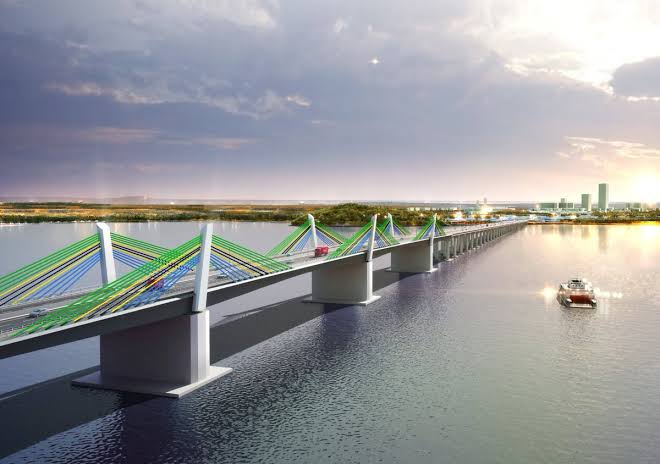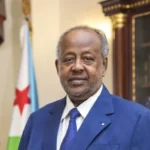By Josephat Mbwana
MWANZA, Tanzania – Tanzania inaugurated East Africa’s longest bridge on Thursday, a sweeping 3.2-kilometer structure that spans the Mwanza Gulf, linking key trade and transport corridors in the country’s northwest.
Named after the late President John Magufuli, the $260 million bridge is expected to dramatically enhance regional connectivity, reduce travel time, and stimulate economic activity in the Lake Zone—a region long underserved by modern infrastructure.
“This is not just a bridge—it is a symbol of Tanzania’s transition into an era of ambitious, locally driven development,” said President Samia Suluhu Hassan at the inauguration ceremony.
“We are unlocking opportunity for millions of Tanzanians.”
Constructed by the China Civil Engineering Construction Corporation, the project was funded through a mix of government revenue and concessional loans.
The bridge connects Kigongo and Busisi, reducing travel time from over three hours—including ferry waits—to less than ten minutes.
Analysts view the bridge as a linchpin in Tanzania’s broader infrastructure strategy, which includes the new Standard Gauge Railway and the Julius Nyerere Hydropower Station. Together, the projects are designed to create a modern transport-energy backbone capable of fueling industrial growth.
Local residents expressed optimism that the bridge would not only improve transportation but also attract investment to the region.
“I used to wait half a day for the ferry. Now I can cross and return before lunch,” said Emmanuel Kitta, a motorcycle taxi driver in Mwanza. “This changes everything for us.”
The Magufuli Bridge is part of a wider trend across East Africa, where governments are investing heavily in roads, ports, and energy infrastructure to boost intra-regional trade and reduce dependency on distant global markets.
Yet critics have warned that such mega-projects must be matched with safeguards against corruption, environmental degradation, and unsustainable debt.
Still, for many in Mwanza, the bridge stands as a physical and symbolic link to a more connected future.





